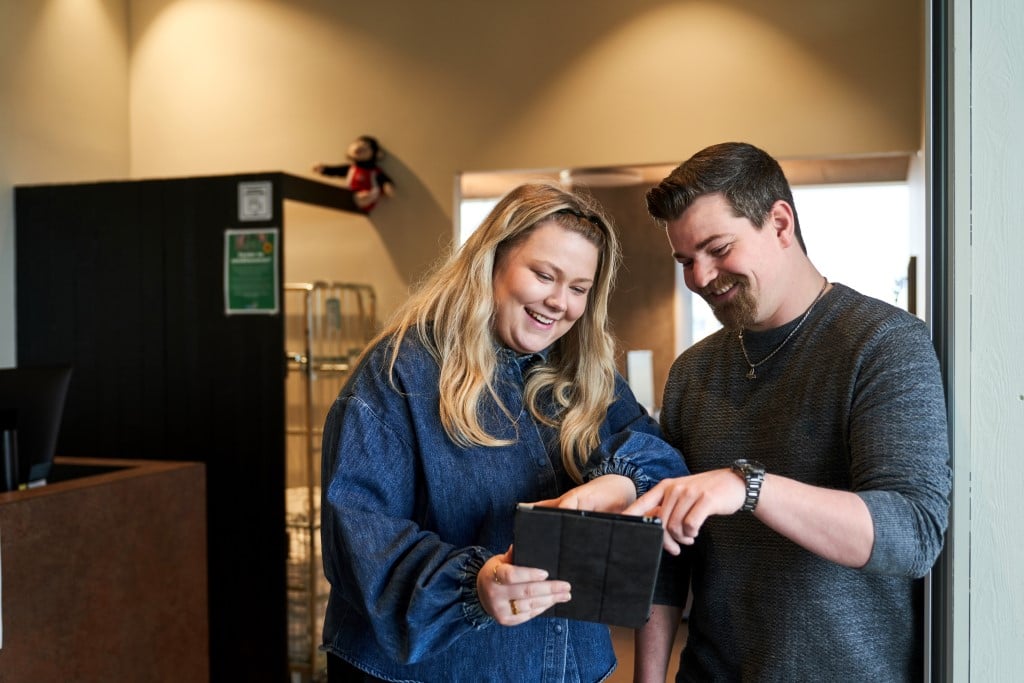Psychological safety relates to the individual's state of mind and how we engage in a community.
In the workplace, it primarily affects how our mental state influences our work approach and task execution.
One of the leading advocates and experts on psychological safety, Amy Edmonson, defines it as "a shared belief held by members of a team that the team is safe for interpersonal risk-taking."
Psychological safety in the workplace is fostered when colleagues participate in and contribute to the community while, in turn, the community enables people (colleagues as well as managers) to feel more comfortable showing their vulnerable sides.
In short, the more people feel included in the community, the more they engage in it. The safer they feel within the community, the more likely they are to:
- Seek and provide feedback
- Collaborate across expertise areas
- Share doubts and incomplete ideas
- Propose new ways to accomplish tasks
- Be willing to embrace new approaches
Overall, high psychological safety lays the foundation for increased job satisfaction and engagement, more collaboration, greater innovation, and higher productivity.
This all sounds grand, but how do you actually work with psychological safety on a daily basis? And what is the purpose?









